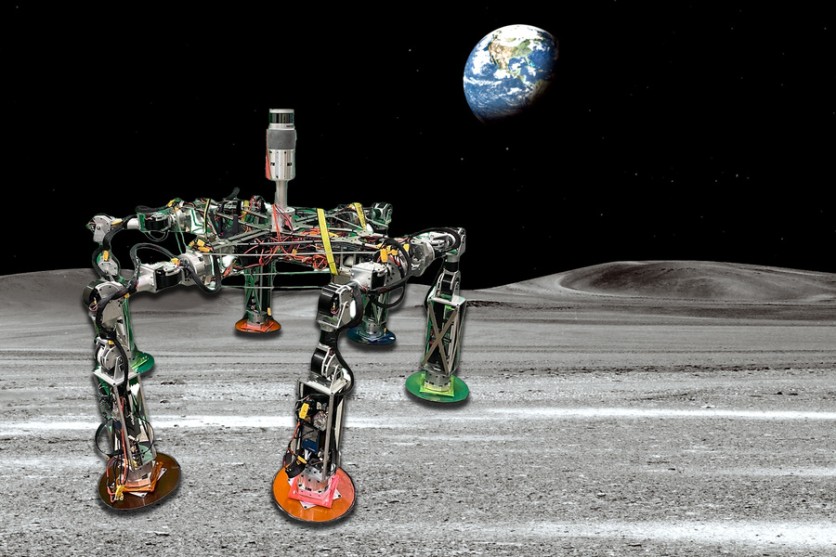MIT engineers have developed a universal robotic parts kit called WORMS, or the Walking Oligomeric Robotic Mobility System, designed to be easily configured and reconfigured for various missions on the moon, according to a report by MIT News.
The system consists of worm-inspired robotic limbs that an astronaut can quickly snap onto a base, working together to form a walking robot. The parts can be configured to build different types of robots, such as large "pack" bots capable of carrying heavy solar panels or six-legged spider bots capable of drilling for frozen water in a lava tube.

Shed on the Moon
Team leader George Lordos, a Ph.D. candidate and graduate instructor in MIT's Department of Aeronautics and Astronautics, describes the system as a shed on the moon with shelves of worms that astronauts could select and snap together with the right shoes, body, sensors, and tools, disassemble them and make a new one as needed.
This flexible and sustainable design could save costs while meeting various mission requirements.
Lordos' team demonstrated a six-legged WORMS robot at the IEEE Aerospace Conference where they were awarded the conference's Best Paper Award. WORMS was developed in response to NASA's BIG Idea Challenge, which invited university students to design, develop, and demonstrate a game-changing idea.
The team aimed to create a lunar robot that could navigate the extreme terrain of the moon's South Pole, characterized by thick, fluffy dust, steep, rocky slopes, and deep lava tubes.
This environment also features "permanently shadowed" regions that could contain frozen water, necessary for sustaining astronauts.
Inspired by Animals
Inspired by animals, the team brainstormed concepts about where certain animals could be suited to specific missions.
For example, a spider could explore a lava tube, a line of elephants could carry heavy equipment while supporting each other down a steep slope, and a goat tethered to an ox could help lead the larger animal up the side of a hill while transporting an array of solar panels.
The essential components of the system are the appendage or worm, which can be connected to a body or chassis via a "universal interface block" that twists and locks the two pieces together.
The parts can be separated by using a small tool to loosen the spring-loaded pins in the block. Appendages and bodies may also snap into a "shoe," which the researchers created in the shape of a wok, and a LiDAR system that can map the area to help a robot navigate.
The National Science Foundation, MIT, the Massachusetts Space Grant, NASA, and the Fannie and John Hertz Foundation all provided funding for this study.
The WORMS system is a promising advancement that might make lunar exploration easier and more successful while also serving as an example for future robotic designs.
Related Article : MIT Researchers Create Automated Design System that Seeks Human Feedback

ⓒ 2025 TECHTIMES.com All rights reserved. Do not reproduce without permission.




